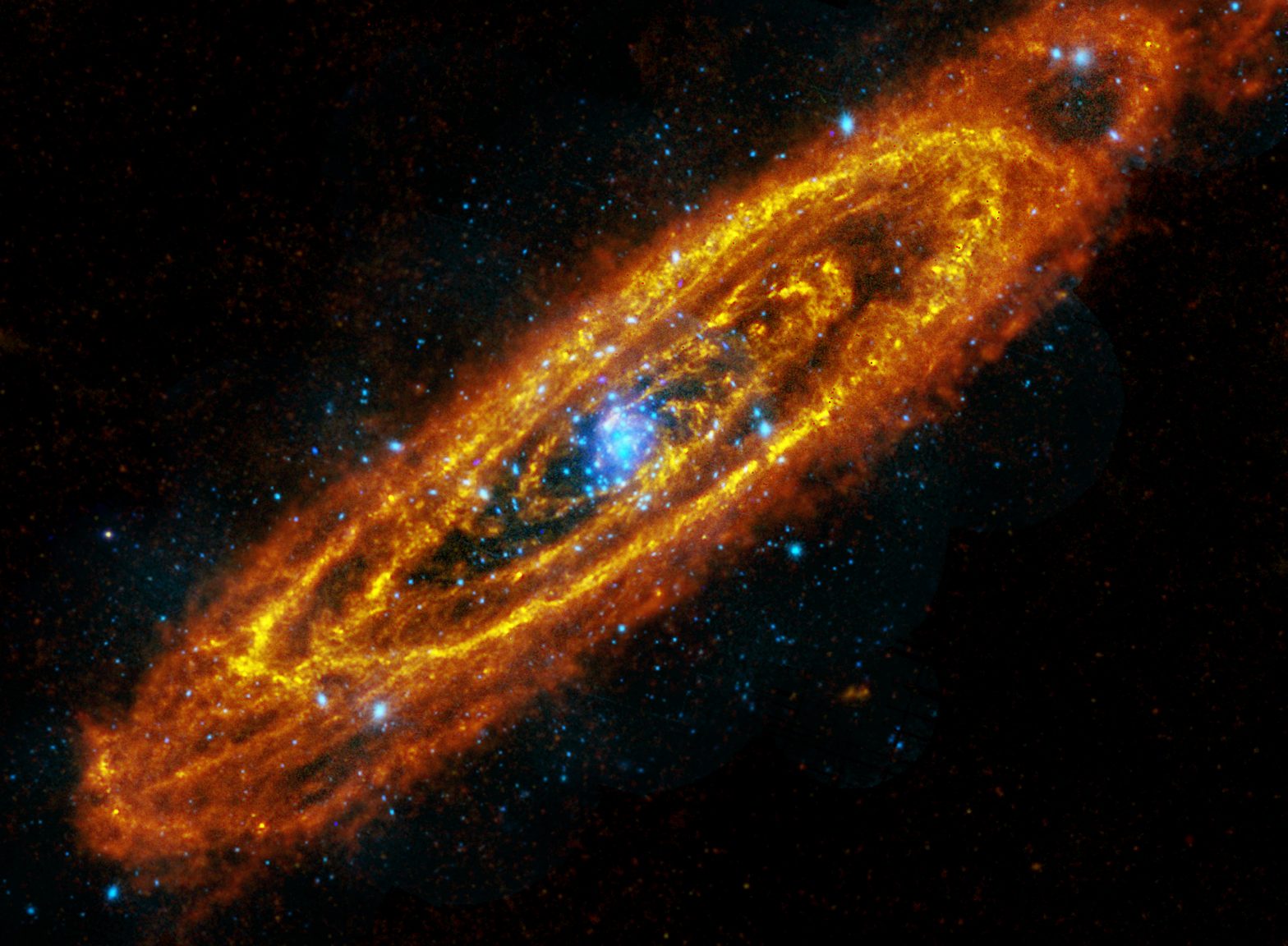The most detailed view we have of the universe is of our own galaxy. We can see the smallest structures and are more sensitive to the nearest objects. There is a problem however, being inside a galaxy means that our view is often obscured by dust and gas. Although it is possible to peer through this using Herschel, there are still some uncertainties in disentangling clouds that are in the way of what you want to see.
Nearby galaxies, if we look out of the plane of our galaxy, do not have this problem. It is possible for astronomers to study a whole galaxy still with reasonable detail. With very nearby galaxies, such as those in the local group (The Magellanic clouds; Andromeda, M31; and the Triangulum Galaxy, M33). These objects are particularly useful in that their histories are likely to be closely related to our own galaxy, the Milky Way.
If we look to slightly more distant objects, we have a vast array of morphologies and sizes of galaxies to compare. Around 50 million light years away is the Virgo cluster, containing hundreds of galaxies where we can still see their spiral structure.
What can Herschel do?
Herschel surveys of nearby galaxies allow us to study the dust properties, both globally and on smaller scales, of whole galaxies in the local universe. As with other Herschel based research, we are able to see things that were previously invisible to us.
Surveys like HeViCS (Herschel Virgo Cluster Survey) and the HRS (Herschel Reference Survey) contain far-infrared observations of hundreds of galaxies allowing astronomers to compare and contrast the the dust properties (temperature of the interstellar medium, amount of dust, etc) with previously known information such as galaxy morphology, number of stars and whether they are in a cluster or in ‘the field.’
More nearby surveys give us the opportunity to do the same on fewer objects, but in far greater detail. HELGA (Herschel Exploitation of Local Galaxy Andromeda) and HERM33ES (Herschel M33 Extended Survey) are surveys of the two largest galaxies in the Local Group, other than the Milky Way. They give us the best view we have of a entire galaxies as well as revealing information that may be key to understanding how our own galaxy formed in the same region of space. Moreover, they make for incredible pictures!

